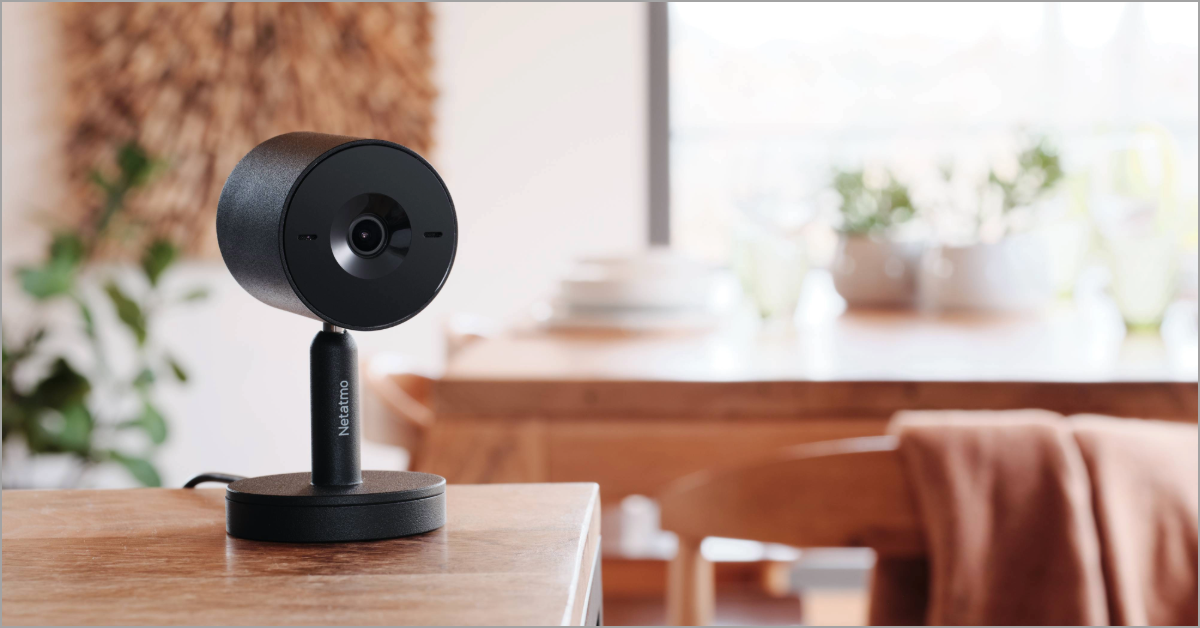
Nieuwe Binnencamera: Advance
Ontdek de nieuwe Binnencamera AdvanceIk ontdek
For those of us with green fingers, its lovely to be out in the garden, growing all kinds of flowers, fruit and vegetables! At least, it is when the weather’s nice! Frost, rain, snow... bad weather and winter can be tough on your garden and vegetable patch. So why not opt for a greenhouse? Advantages, disadvantages, price: find out all you need to know about greenhouses in this article.

A greenhouse is a garden structure made of glass or plastic, usually transparent, that lets in the sun’s rays. Greenhouses are designed to help your garden grow by providing a controlled environment for seedlings, cuttings, vegetables... Their benefits really add up: they can be used to extend the growing season, save your little green buddies from the elements, or create an ideal microclimate for particular species. They vary in size from small portable structures, such as mini greenhouses and cold frames, to large permanent buildings.
Greenhouses can be heated or unheated and can be equipped with irrigation, ventilation, lighting and humidity control systems to create optimal growing conditions. Some greenhouses also come with added accessories, such as shelves or racks for storage of tools, potted plants and seedlings. There are a range of brands available, including Canopia by Palram, Vitavia and Mercia. And they come in a variety of materials: polycarbonate, glass, wooden or metal-framed... Read on for all the information you need to help you choose the best new home for your plants.
Greenhouses offer many advantages when it comes to helping your garden grow:
In short, a greenhouse in your garden is an efficient and convenient way to cultivate a wide variety of plant species, providing optimal growing conditions and helping to maximise production.
As we’ve just seen, there are many pros to having a greenhouse in your garden. However, there are also some disadvantages that you may want to bear in mind:
Greenhouses have undeniable advantages but they can be expensive and take some effort to maintain. The Netatmo Smart Home Weather Station is a helpful product to buy as it tells you the exact temperature and humidity level in your greenhouse. You can check the exact measurements taken by the Smart Home Weather Station directly on your smartphone!
A wide variety of greenhouses are available on the market, in different shapes, made of different materials etc. Each type of greenhouse has its own particularities, so it’s worth reading up on them before you start shopping.
Toughened glass is a type of glass with better heat resistance than normal glass. It’s a durable material that’s easy to clean. So, toughened glass greenhouses are weather resistant and let in sunlight while providing protection from UV rays. On top of that, these garden buildings are popular for their aesthetic, transparency and durability.
Polycarbonate is an impact resistant plastic material that can also withstand very high and very low temperatures. It also has great insulating properties so it’s ideal for maintaining the desired temperature inside your greenhouse. Price: costs less than a glass greenhouse.
Plastic greenhouses are lightweight, economical and easy to install. They can be made of polyethylene or PVC. Although they're a good option if you're looking to save money, plastic is less durable than glass or polycarbonate, and is a material that can warp or discolour over time. So bear that in mind if you view appearance as an important factor.
Greenhouses with a wooden frame are appreciated for their attractive appearance and good insulation. However, wood requires regular maintenance and can deteriorate over time.
Metal frame greenhouses are durable and weather resistant. They can be made of aluminium, galvanised steel or stainless steel. However, aluminium can corrode over time and steel needs to be painted to keep rust at bay.
Made of metal hoops and a tarp or plastic film, grow tunnels have one considerable advantage: their price. You will save money with this option and their design also makes them very simple to assemble. Nevertheless, they’re less visually appealing than toughened glass greenhouses, for example, and their wind resistance isn’t the best, so watch out for gusts!
Cold frames are a kind of small greenhouse. These lightweight items can fit in almost any green space, whether on a balcony or in a garden. Cold frames and mini greenhouses are a good choice if you are short on space or want to separate one or a few plant species in particular from the rest of your garden.
Finally, each type of greenhouse has its advantages and disadvantages in terms of cost, durability, quality of light, weather resistance, thermal insulation... Your choice will depend on your budget, your needs and the criteria you view as most important.
Obviously, greenhouses vary in price. It depends on their size (length, width...), range, glass quality, integrated accessories etc.
But here’s a rough idea of what you can expect to pay for the different types of greenhouses:
Of course, these prices are only a rough guide and may vary depending on the brand, supplier, region, delivery and installation costs. It’s important to compare prices and choose a greenhouse that meets your needs and budget.
There are many factors to consider when you're looking to buy a greenhouse but fortunately, a wide range of products are available and it’s easy to find the best option by comparing different suppliers’ catalogues. Take your time before choosing: your plants will thank you for finding them the ideal home!